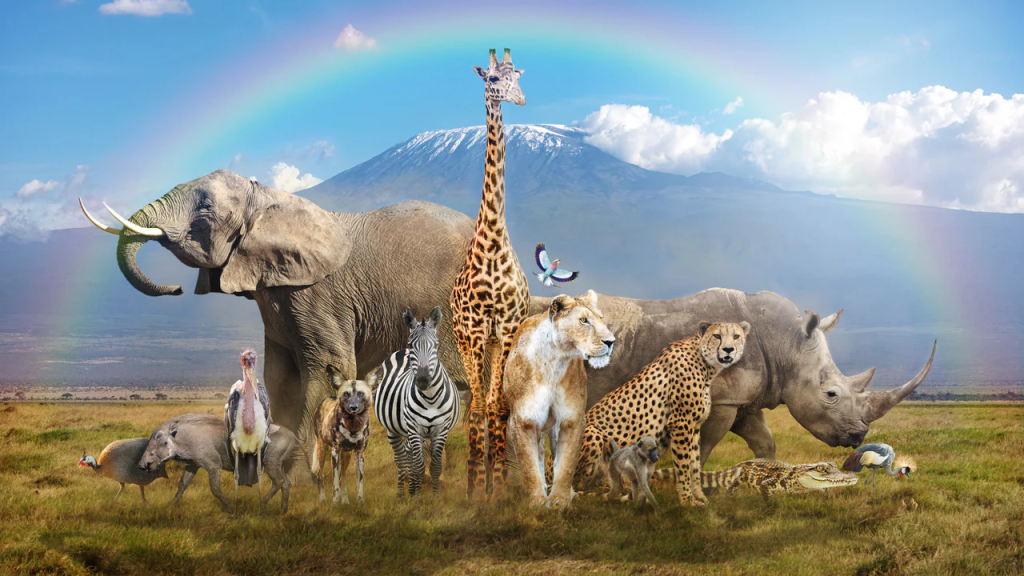
Recent studies have shown a dramatic decline in global wildlife populations, raising concerns among scientists and conservationists worldwide. According to the World Wildlife Fund (WWF), the global populations of mammals, birds, fish, and reptiles have decreased by nearly 70% over the past 50 years. This decline is attributed to several factors, including habitat loss, climate change, poaching, and pollution.
Habitat destruction remains the leading cause of wildlife decline, as deforestation and urbanization encroach upon natural habitats, leaving animals with limited spaces to live and reproduce. Climate change further exacerbates this issue by altering ecosystems, affecting food sources, and forcing species to migrate to unfamiliar environments where survival rates are lower.
Poaching and illegal wildlife trade also play significant roles in the decrease of certain species, such as elephants, rhinos, and tigers, which are hunted for their valuable body parts. Meanwhile, pollution, particularly plastic waste in oceans, poses a severe threat to marine life, leading to the death of millions of animals annually.
Conservation efforts are underway to combat these issues, with organizations and governments implementing stricter laws, protected areas, and awareness campaigns. However, experts warn that without immediate and sustained action, many species may face extinction within the next few decades. The decline in wildlife populations is not just an environmental concern but also a threat to the balance of ecosystems and the overall health of our planet.